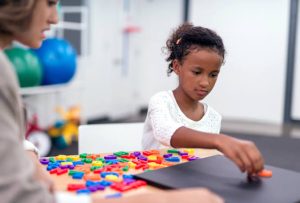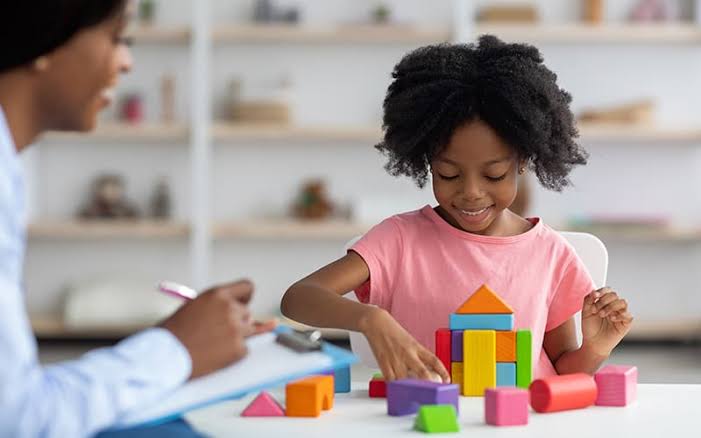Miss Ann
Ann, a 14-year-old girl with autism, had always found school challenging. She struggled with sensory overload in crowded hallways and had difficulty understanding social cues in group activities. Her passion, however, was music. She had a natural talent for playing the piano and found solace in the rhythmic patterns and melodies.
Challenge: Despite her musical talent, Ann’s school experience was overshadowed by her struggles with social interactions and sensory issues. Her teachers and family were supportive, but they often felt uncertain about how to best support her needs in a way that would allow her to thrive both academically and socially.
Emily’s day was adjusted to include periods of quiet time and shorter, more manageable social interactions.

Intervention: Ann’s parents decided to work with the school to create a personalized learning plan that integrated her love of music. They suggested a few changes to her schedule and environment:
- Flexible Scheduling: Ann’s day was adjusted to include periods of quiet time and shorter, more manageable social interactions.
- Music Integration: Her music teacher and a special education coordinator collaborated to incorporate music into her academic learning. For instance, Ann used musical rhythms to help with math problems and practiced her reading skills through musical lyrics.
- Social Skills Training: Ann joined a small social skills group where members could bond over shared interests, like music, which made it easier for her to engage in conversations and make friends.
Outcome: With these changes, Ann began to flourish. The integration of music into her learning made schoolwork more engaging and less stressful. Her confidence grew as she excelled in her academic subjects through her musical approach. The social skills group provided a safe space for her to practice social interactions in a supportive environment.
Ann’s newfound confidence extended beyond academics. She performed at a school recital, which was a huge success and a proud moment for her. Her peers, who had previously not understood her unique ways of interacting, started to appreciate her for her talents and strengths. Her teachers noted a significant improvement in her overall well-being and participation in class.
Reflection: Ann’s story is a testament to the power of tailoring educational experiences to individual strengths and needs. By focusing on what she loved and integrating it into her learning, Ann was able to overcome many of the challenges she faced. Her journey demonstrates how understanding and support, combined with personalized strategies, can lead to remarkable growth and success.






